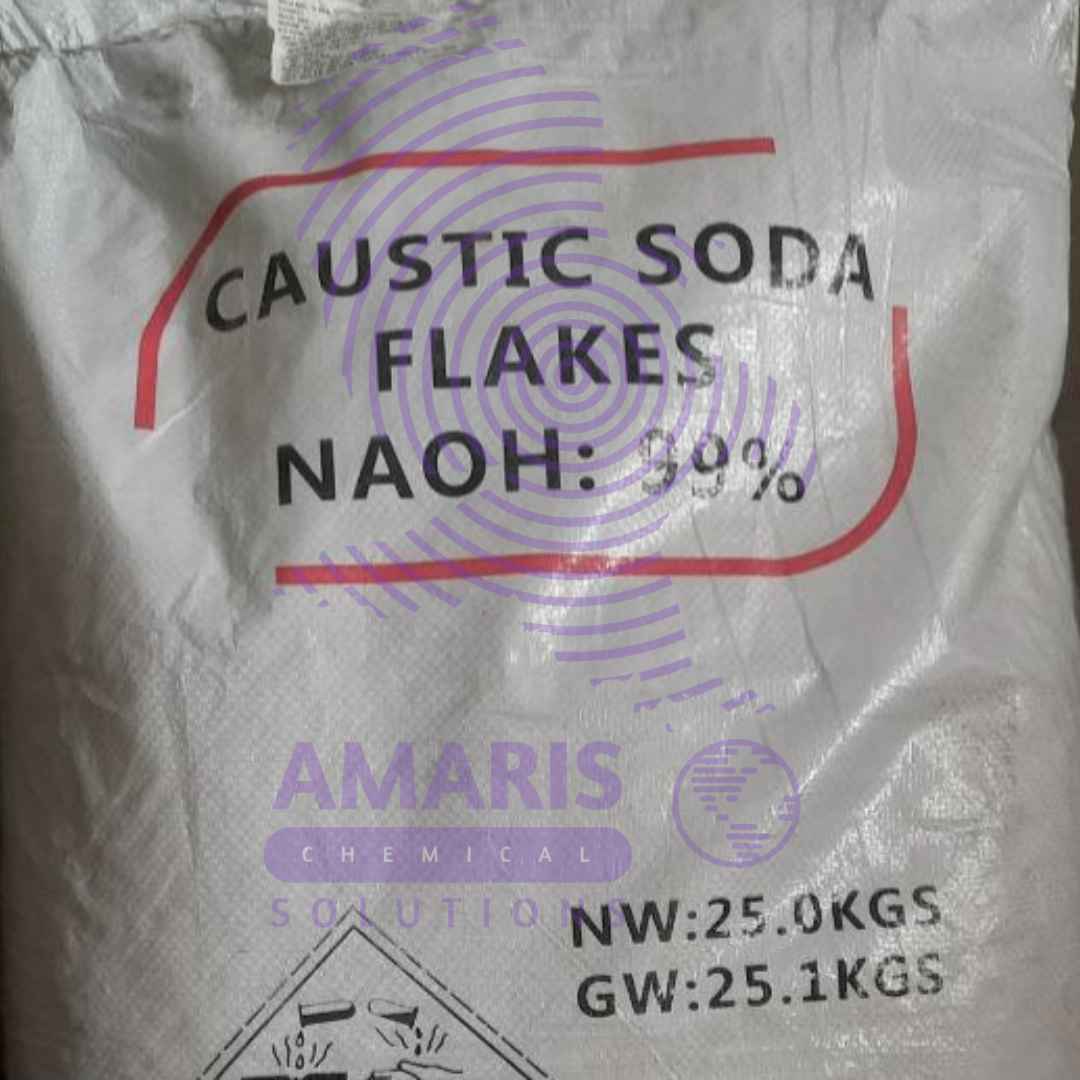The Journey of Caustic Flakes: From the Factory to the Future

In a bustling industrial plant, deep within a complex maze of pipes and furnaces, an unassuming compound was born—caustic flakes. What began as a swirling pool of molten sodium hydroxide soon transformed into pearly white flakes, each tiny piece holding immense power, yet humbly awaiting its destiny.
The journey of caustic flakes was not one of glamour, but of gritty importance. As the flakes cooled and hardened, they were packaged into sturdy bags, each stamped with “Caution: Highly Corrosive.” These flakes would go on to shape industries, clean factories, and even make the water we drink safer.
Once shipped out, the caustic flakes‘ adventure began. They found themselves in a soap factory, where their corrosive nature played a delicate role in transforming fats and oils into something essential—soap. This process, known as saponification, had been used for centuries, but with the help of these modern flakes, it was faster and more efficient than ever. The once-clear liquids bubbled and thickened, turning into creamy batches of cleansing products that would later sit proudly on store shelves.
But this was only one stop on the caustic flakes‘ journey. In another part of the world, in the heart of a sprawling chemical plant, they were introduced into massive vats of water. As they dissolved, the once-silent flakes hissed and bubbled to life. Here, they were used to neutralize acidic waste, helping to purify industrial runoff before it could reach the environment. The caustic flakes, though strong and potentially harmful, played a pivotal role in protecting rivers and lakes from contamination.
The flakes even made their way into the paper industry. As they mixed with wood pulp, they helped break down lignin, leaving behind pure cellulose that would later be transformed into the crisp white pages of a book. Each time someone flipped through a novel or held a freshly printed document, they unknowingly felt the touch of those hardworking caustic flakes, a silent contributor to human progress.
Through each transformation, each reaction, caustic flakes were more than just a chemical. They were part of the invisible machinery that powered industries, cleaned the world, and paved the way for progress. But despite their crucial role, the flakes remained hidden, unrecognized by most of the world—a quiet hero in the story of modern civilization.
And so, the journey of caustic flakes continued, flowing through industries, creating change, shaping the future—one corrosive reaction at a time.


 Emollients
Emollients Humectants
Humectants UV Filters
UV Filters Surfactants (cosmetic)
Surfactants (cosmetic) Preservatives (cosmetic)
Preservatives (cosmetic) Fragrances and Essential Oils
Fragrances and Essential Oils Antioxidants (cosmetics)
Antioxidants (cosmetics)
 Solvents (lab)
Solvents (lab) Chromatography Chemicals
Chromatography Chemicals Microbiology and Cell Culture Reagents
Microbiology and Cell Culture Reagents Biochemical Reagents
Biochemical Reagents Inorganic and Organic Standards
Inorganic and Organic Standards Spectroscopy Reagents
Spectroscopy Reagents Molecular Biology Reagents
Molecular Biology Reagents
 Precious Metal Extraction Agents
Precious Metal Extraction Agents
 Plasticizers
Plasticizers Polymerization Initiators
Polymerization Initiators Stabilizers
Stabilizers Monomers
Monomers Fillers and Reinforcements
Fillers and Reinforcements Antioxidants (plastics)
Antioxidants (plastics) Colorants (plastic pigments,Dyes)
Colorants (plastic pigments,Dyes)
 Fertilizers
Fertilizers Plant Growth Regulators
Plant Growth Regulators Soil Conditioners
Soil Conditioners Animal Feed Additives
Animal Feed Additives Biostimulants
Biostimulants
 Dough Conditioners
Dough Conditioners Flour Treatments
Flour Treatments Fat Replacers
Fat Replacers Preservatives (baking)
Preservatives (baking)
 Surfactants (cleaning)
Surfactants (cleaning) Builders
Builders Bleaching Agents
Bleaching Agents Enzymes
Enzymes Solvents (cleaning)
Solvents (cleaning) Fragrances
Fragrances Disinfectant
Disinfectant Metal cleaning
Metal cleaning
 Binders/Resins
Binders/Resins Pigments
Pigments Solvents (paint)
Solvents (paint) Additives
Additives Driers
Driers Anti-Corrosion Agents
Anti-Corrosion Agents Specialty Coatings
Specialty Coatings Functional Coatings
Functional Coatings Application-Specific Coatings
Application-Specific Coatings
 Sealants and Adhesives
Sealants and Adhesives
 Biodegradable Surfactants
Biodegradable Surfactants Bio-based Solvents
Bio-based Solvents Renewable Polymers
Renewable Polymers Carbon Capture Chemicals
Carbon Capture Chemicals Wastewater Treatment Chemicals
Wastewater Treatment Chemicals
 Preservatives (food)
Preservatives (food) Flavor Enhancers
Flavor Enhancers Acidulants
Acidulants Sweeteners
Sweeteners Emulsifiers
Emulsifiers Antioxidants (food)
Antioxidants (food) Colorants (food)
Colorants (food) Nutrient Supplements
Nutrient Supplements Nutraceutical Ingredients
Nutraceutical Ingredients
 Fresh Herbs
Fresh Herbs Whole Spices
Whole Spices Ground Spices
Ground Spices Spice Blends
Spice Blends
 Surfactants(oil)
Surfactants(oil)
 Antibiotics
Antibiotics Active Pharmaceutical Ingredients
Active Pharmaceutical Ingredients Excipients
Excipients Vaccine Adjuvants
Vaccine Adjuvants Nutraceutical Ingredients
Nutraceutical Ingredients Solvents (pharmaceutical)
Solvents (pharmaceutical)
 Automotive chemicals
Automotive chemicals Pyrotechnic Chemicals
Pyrotechnic Chemicals


 Vulcanizing Agents
Vulcanizing Agents Accelerators & Retarders
Accelerators & Retarders Antidegradants
Antidegradants Reinforcing Agents
Reinforcing Agents Plasticizers & Softeners
Plasticizers & Softeners Fillers & Extenders
Fillers & Extenders Blowing Agents
Blowing Agents Adhesion Promoters
Adhesion Promoters












